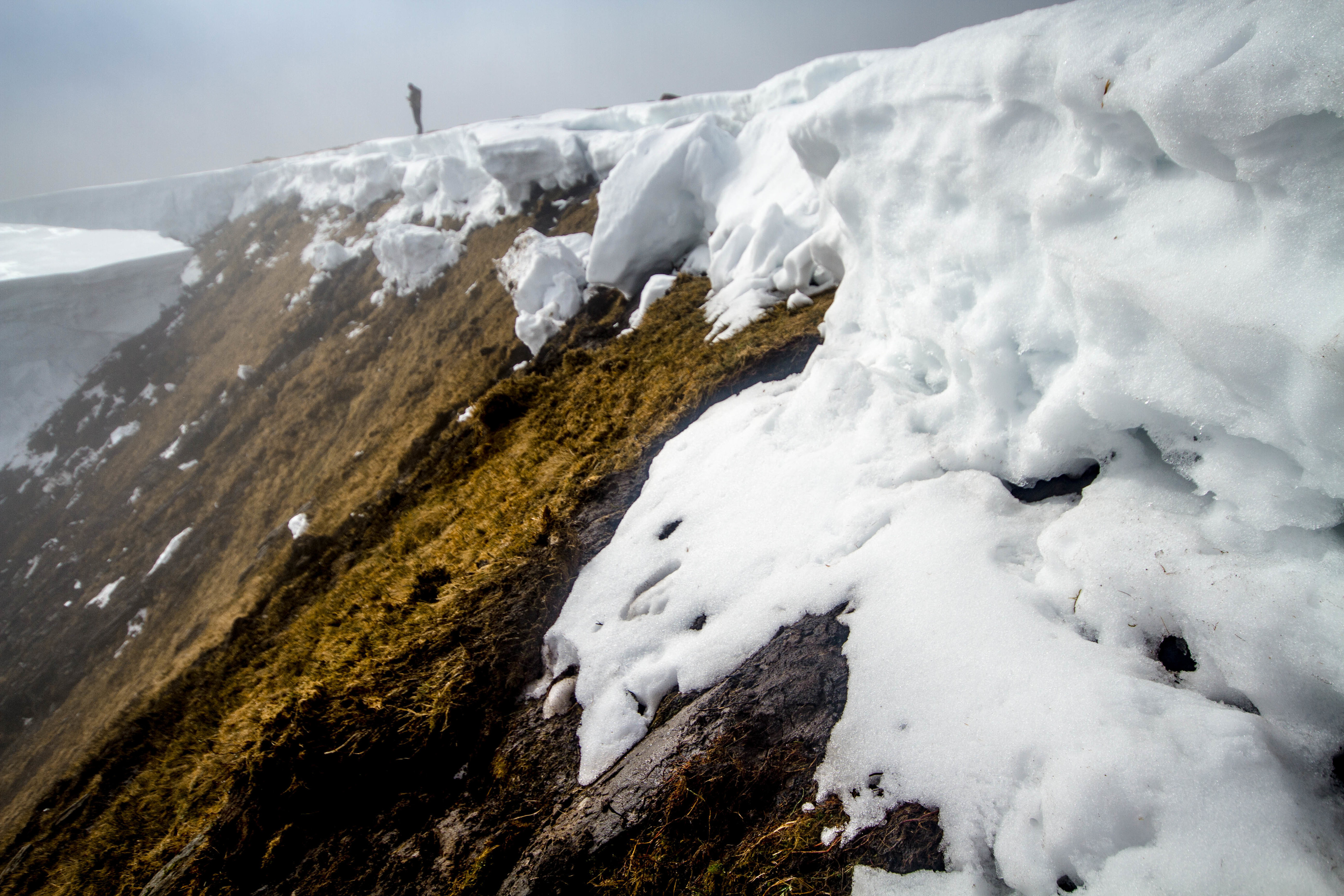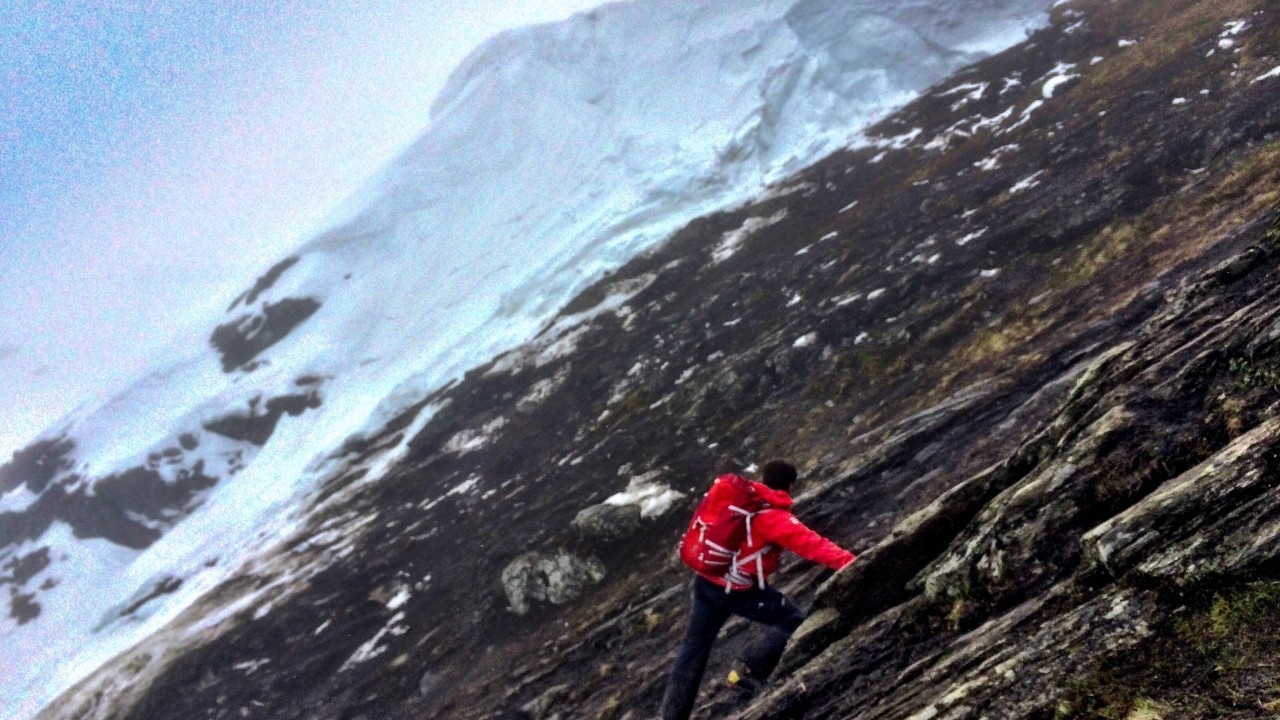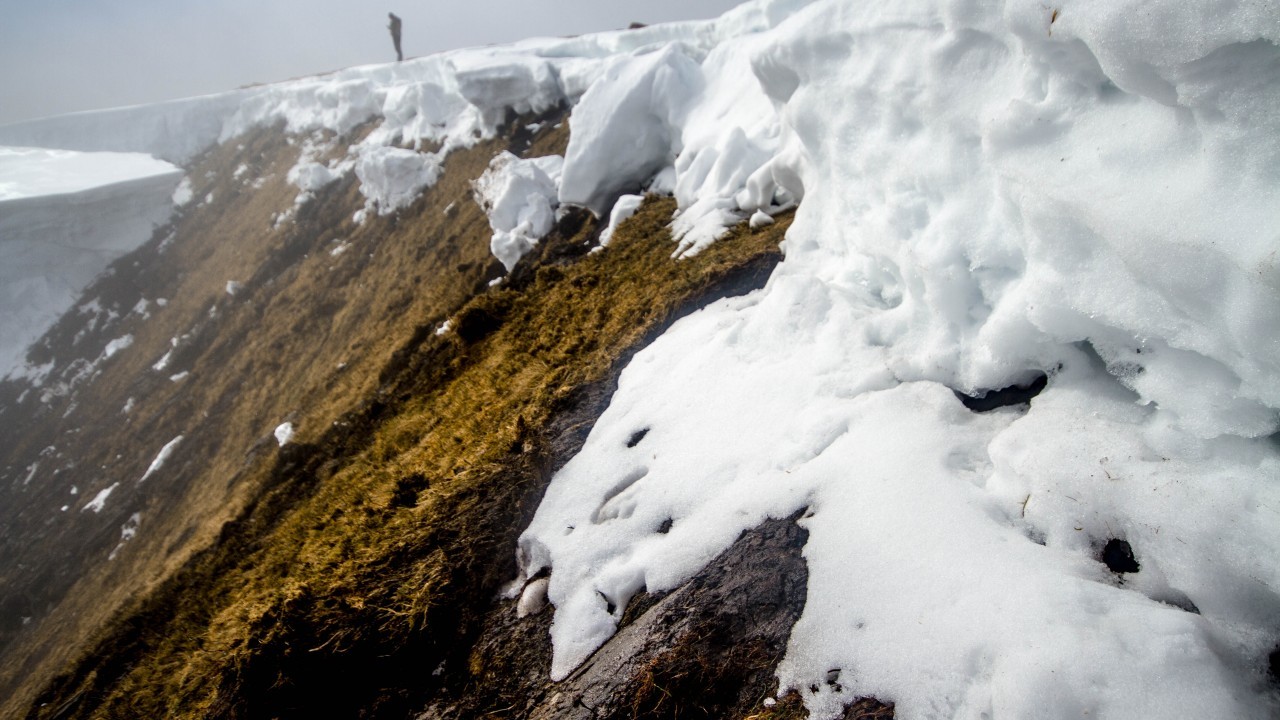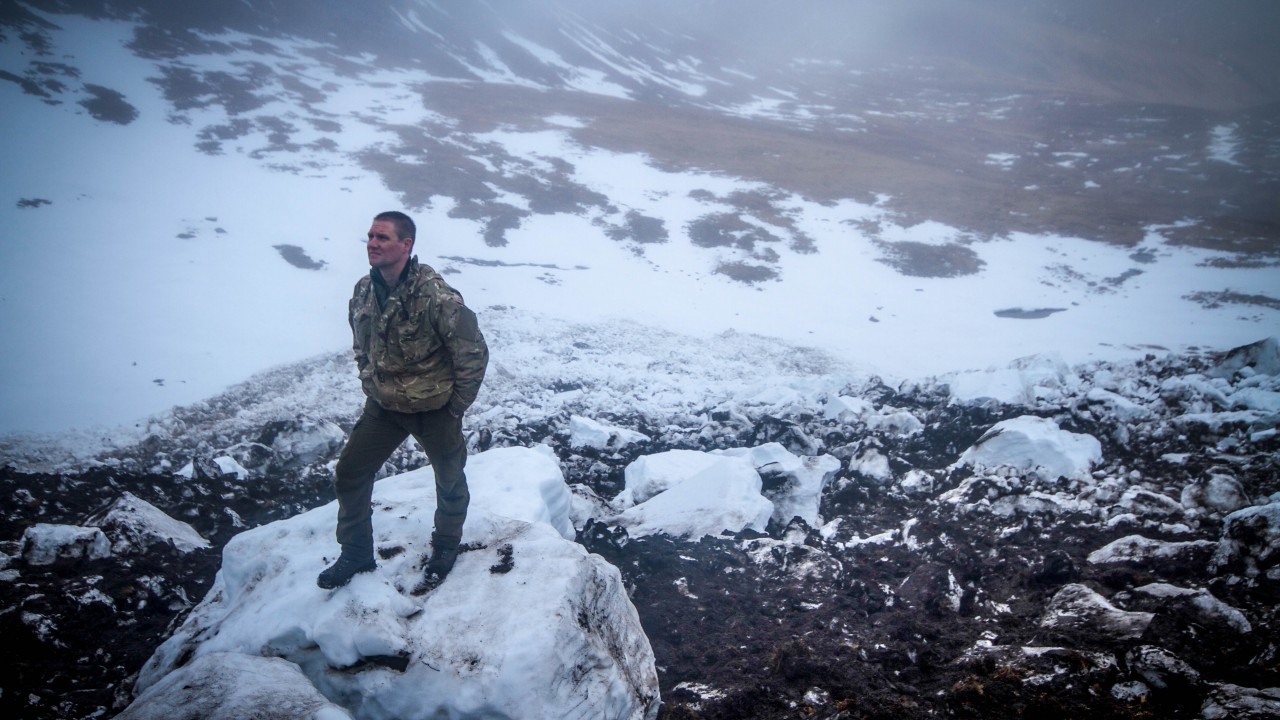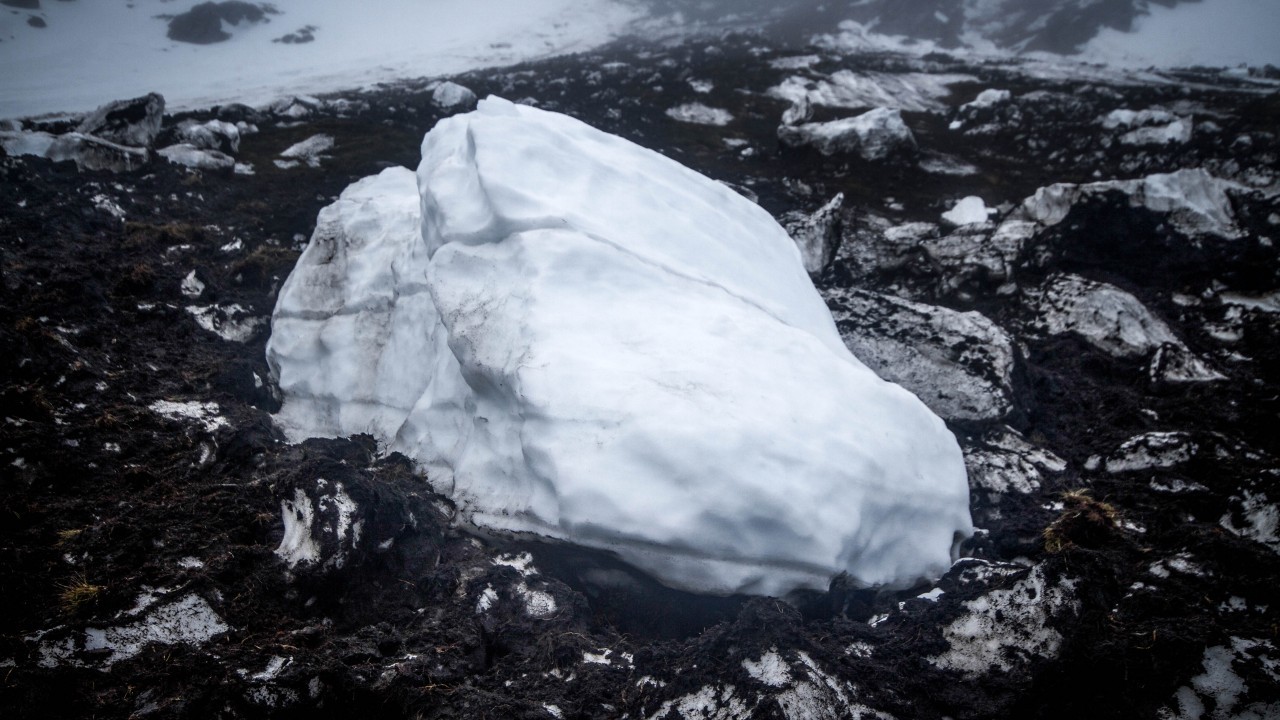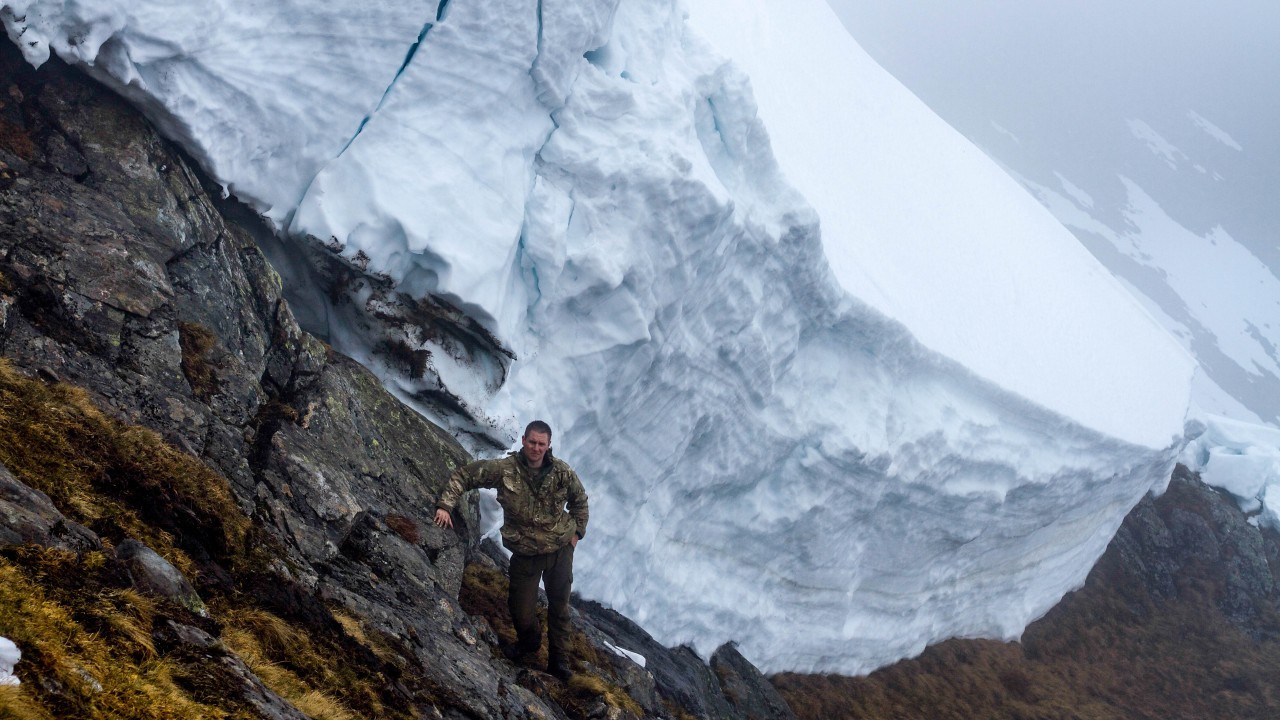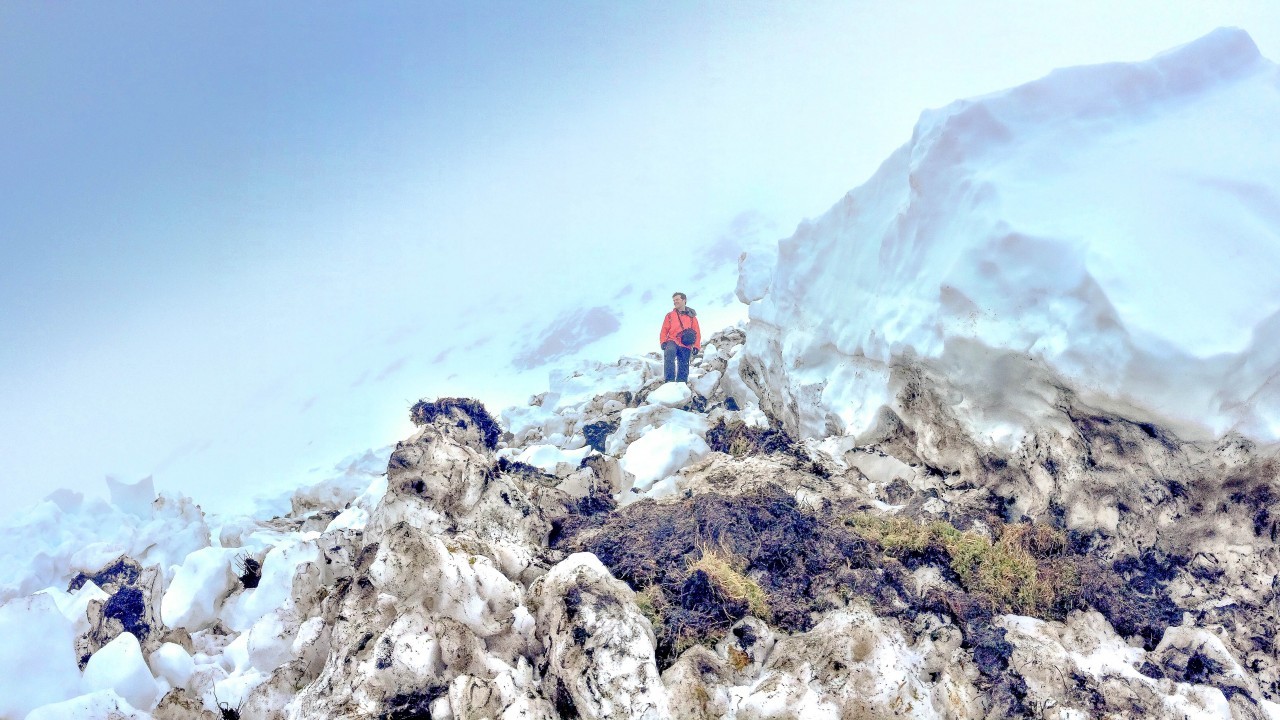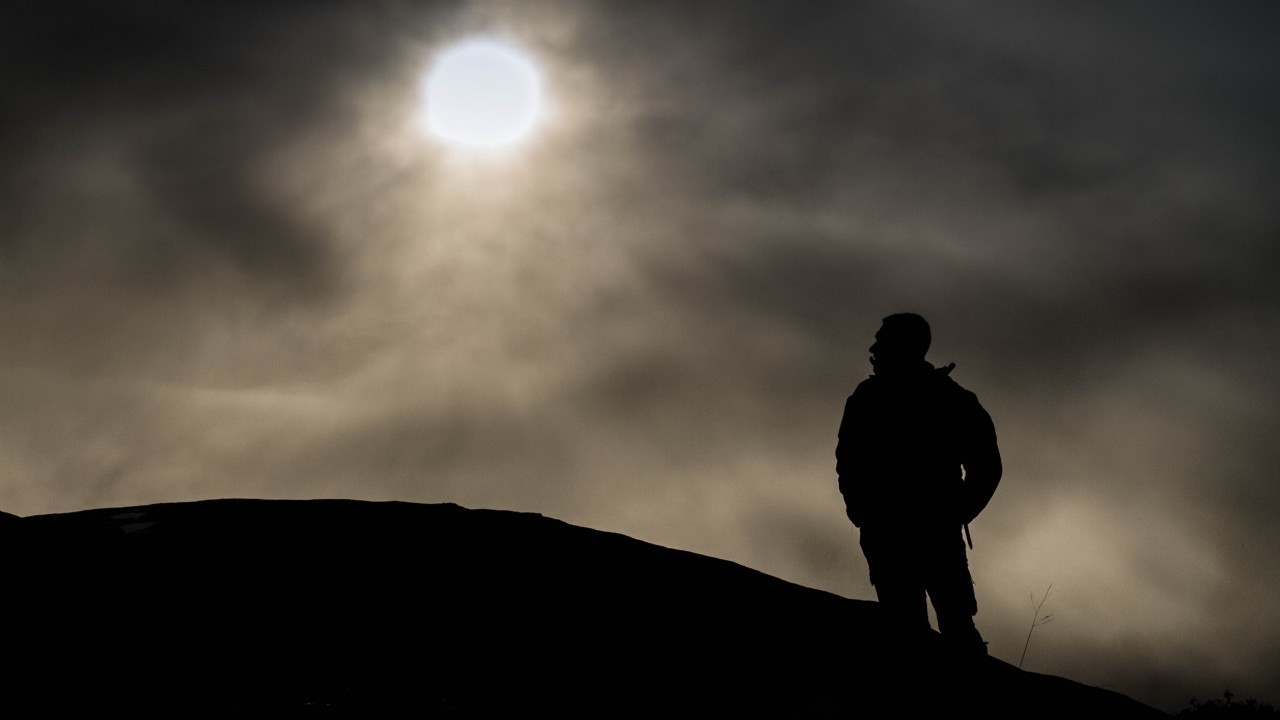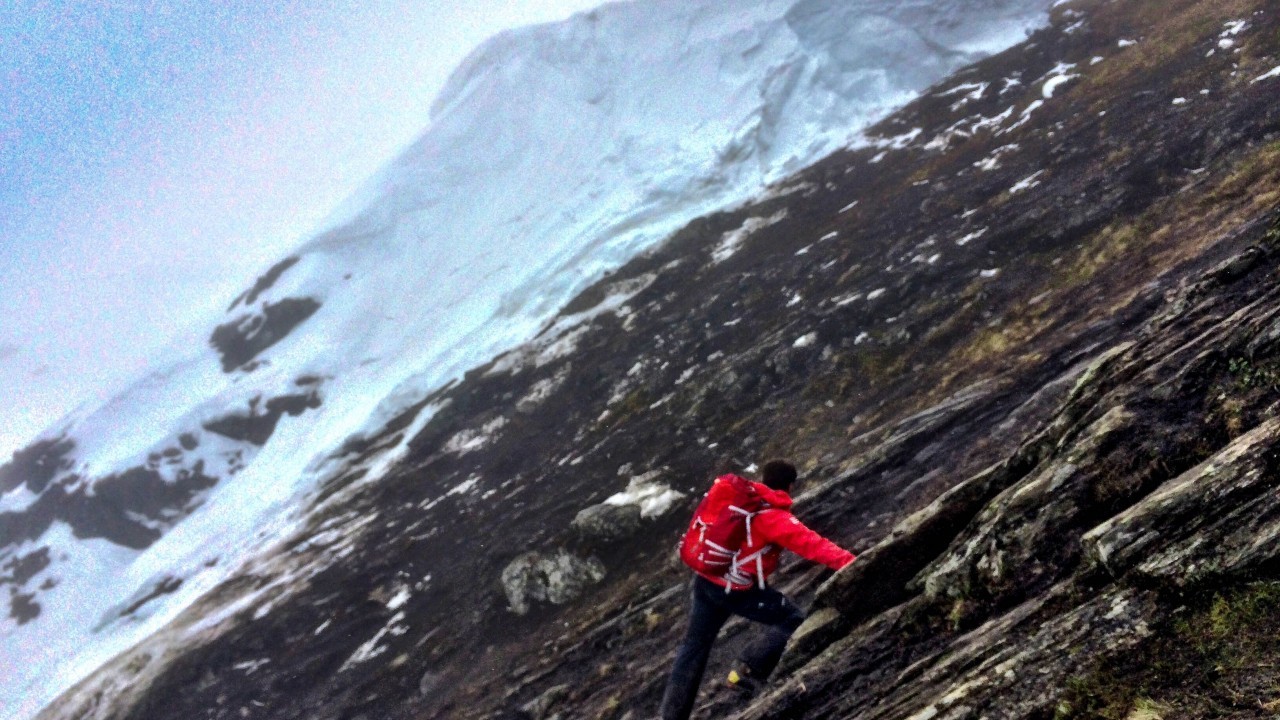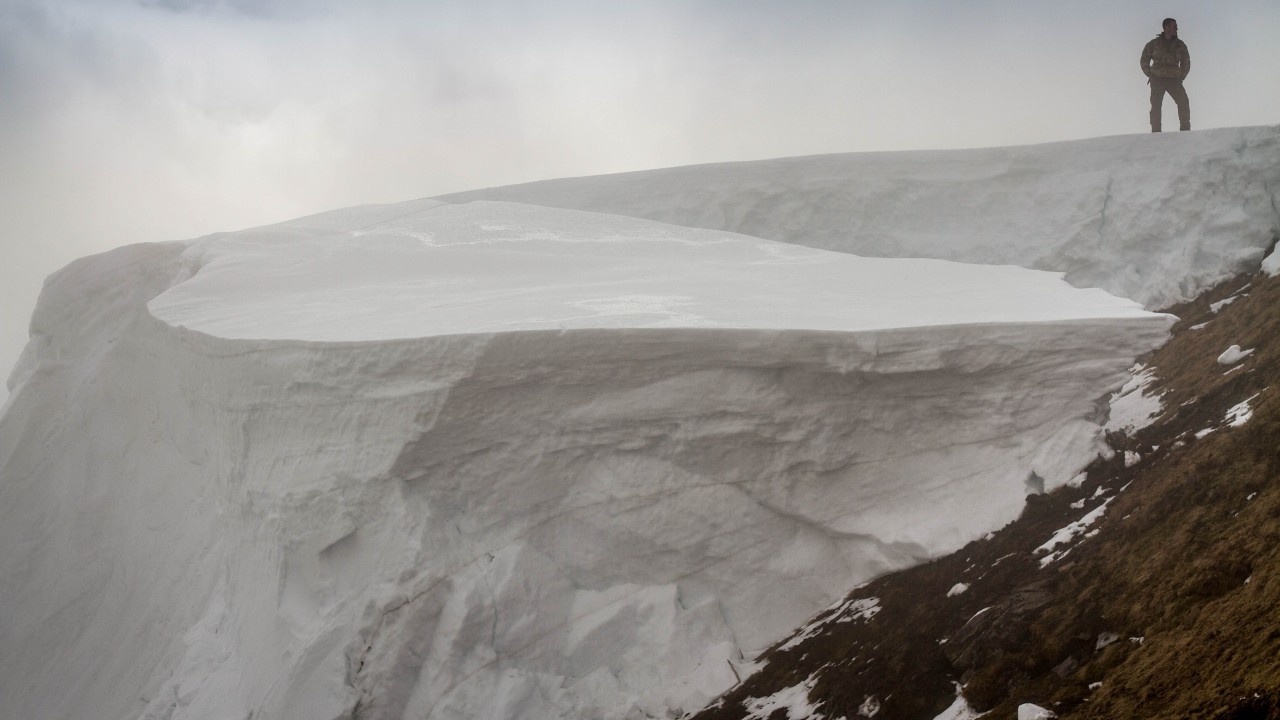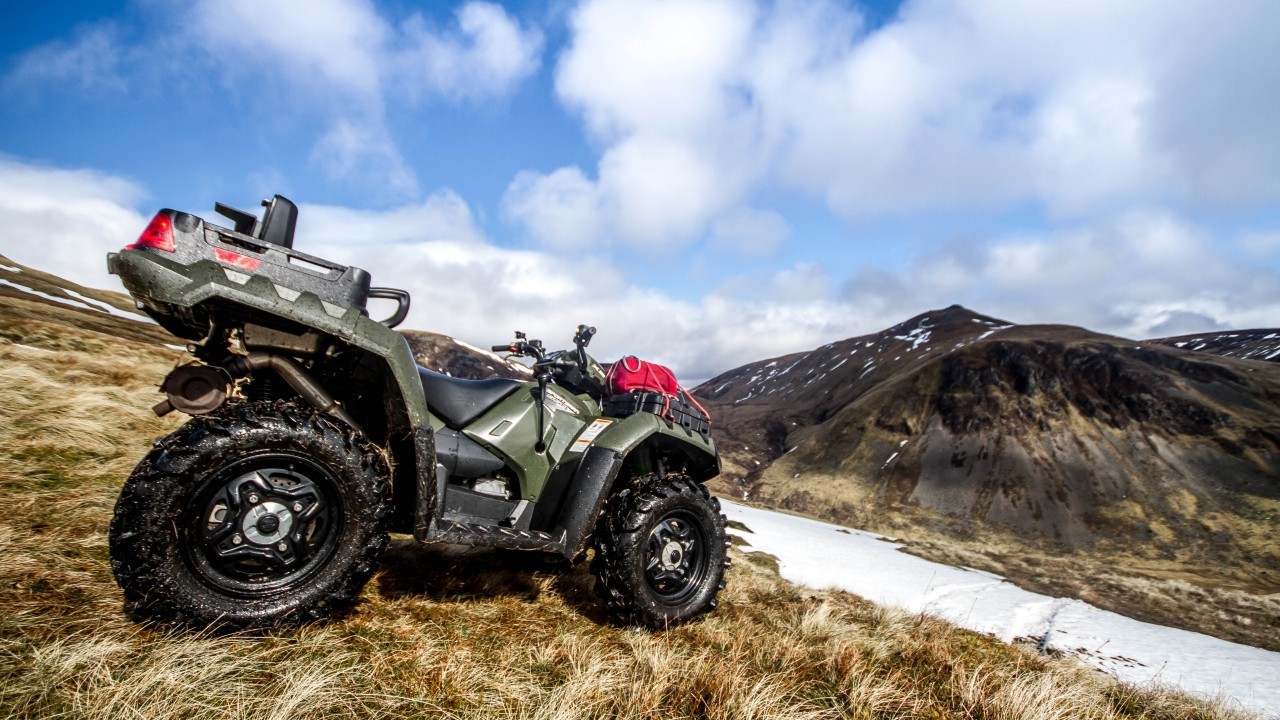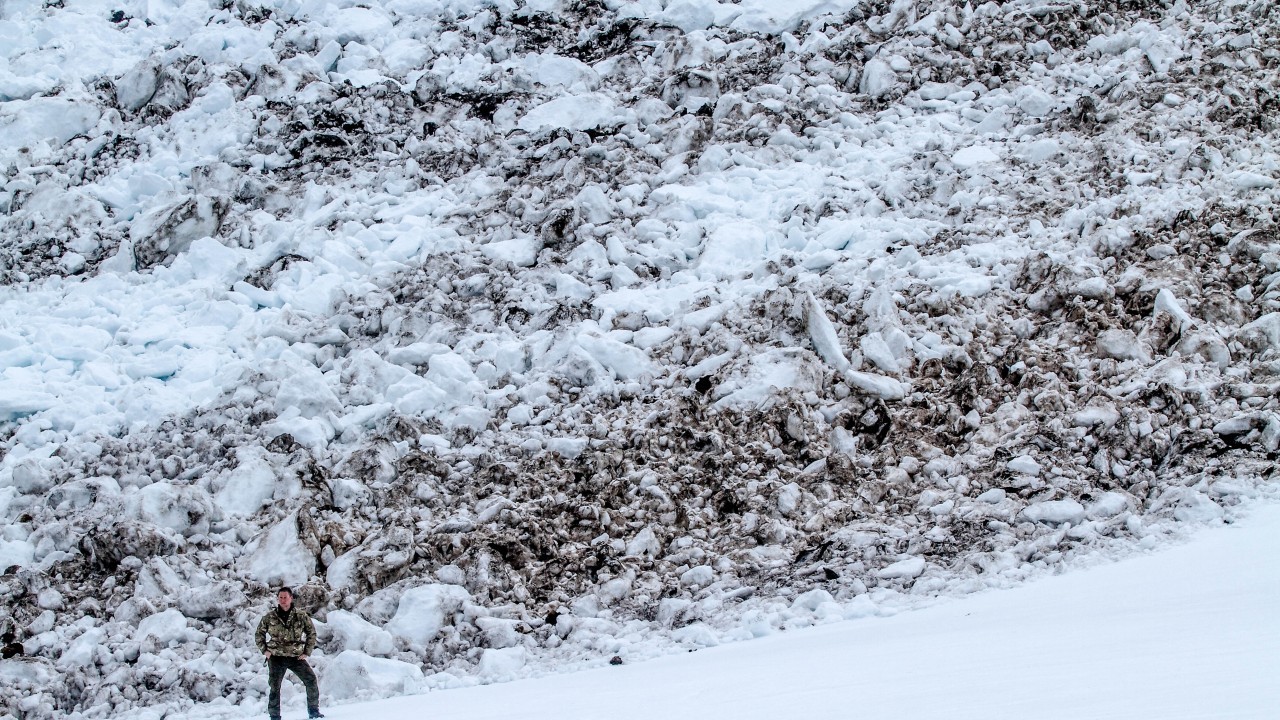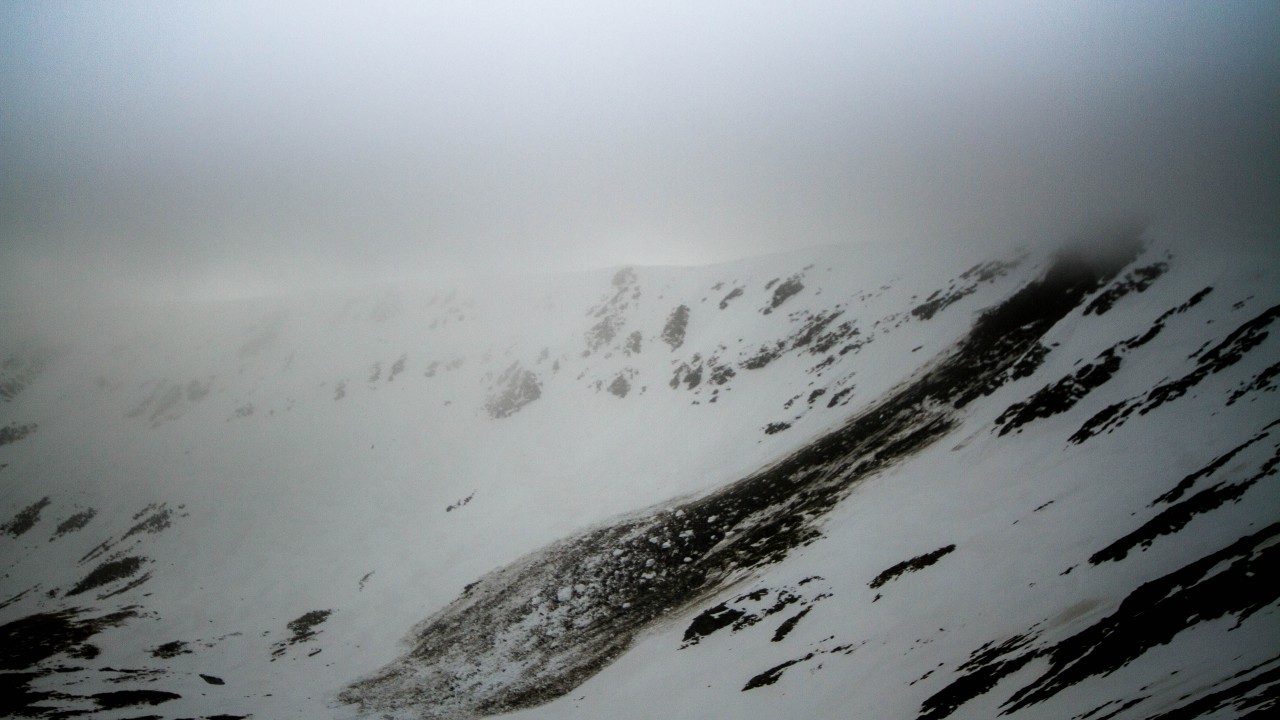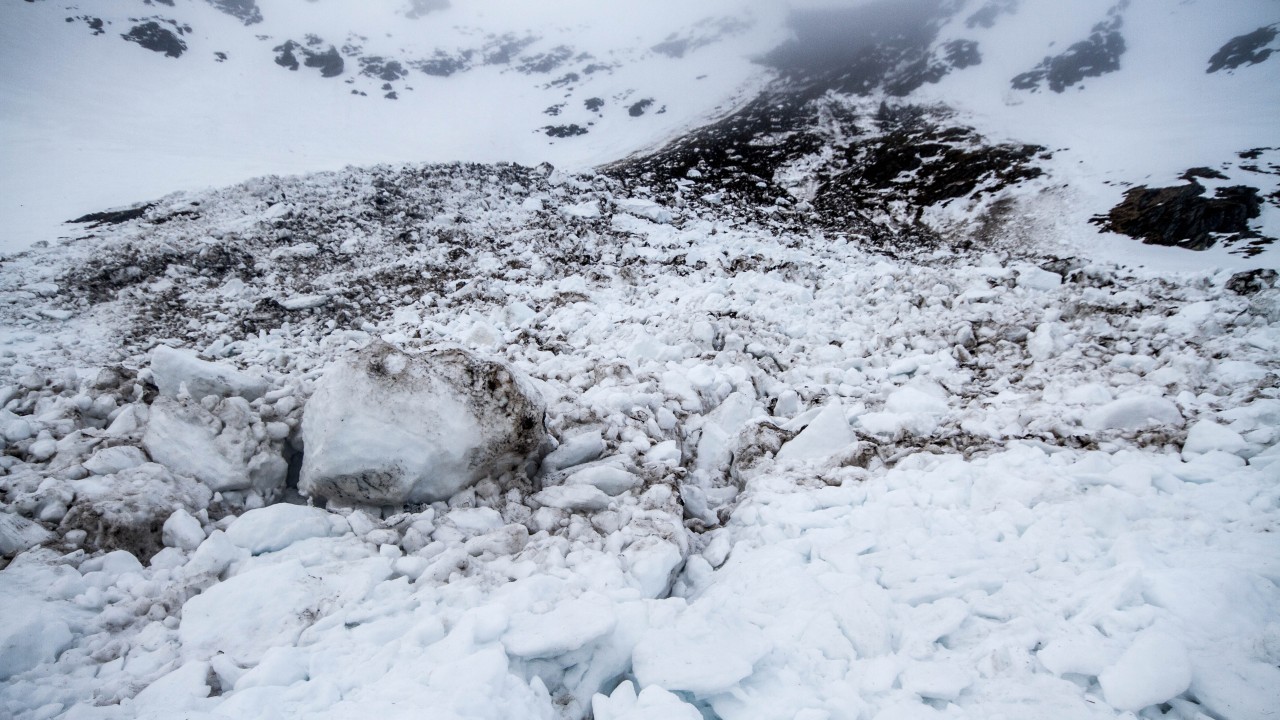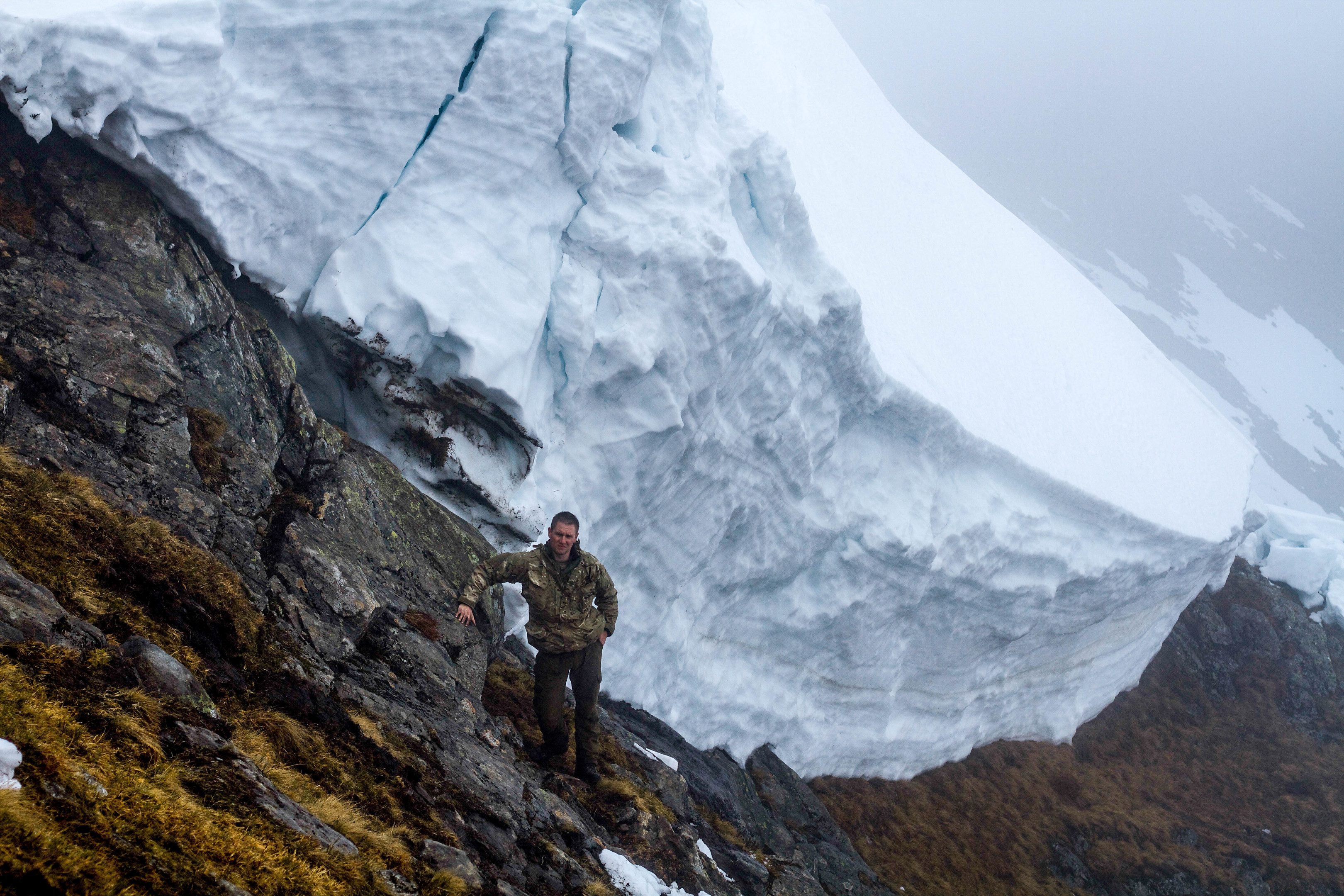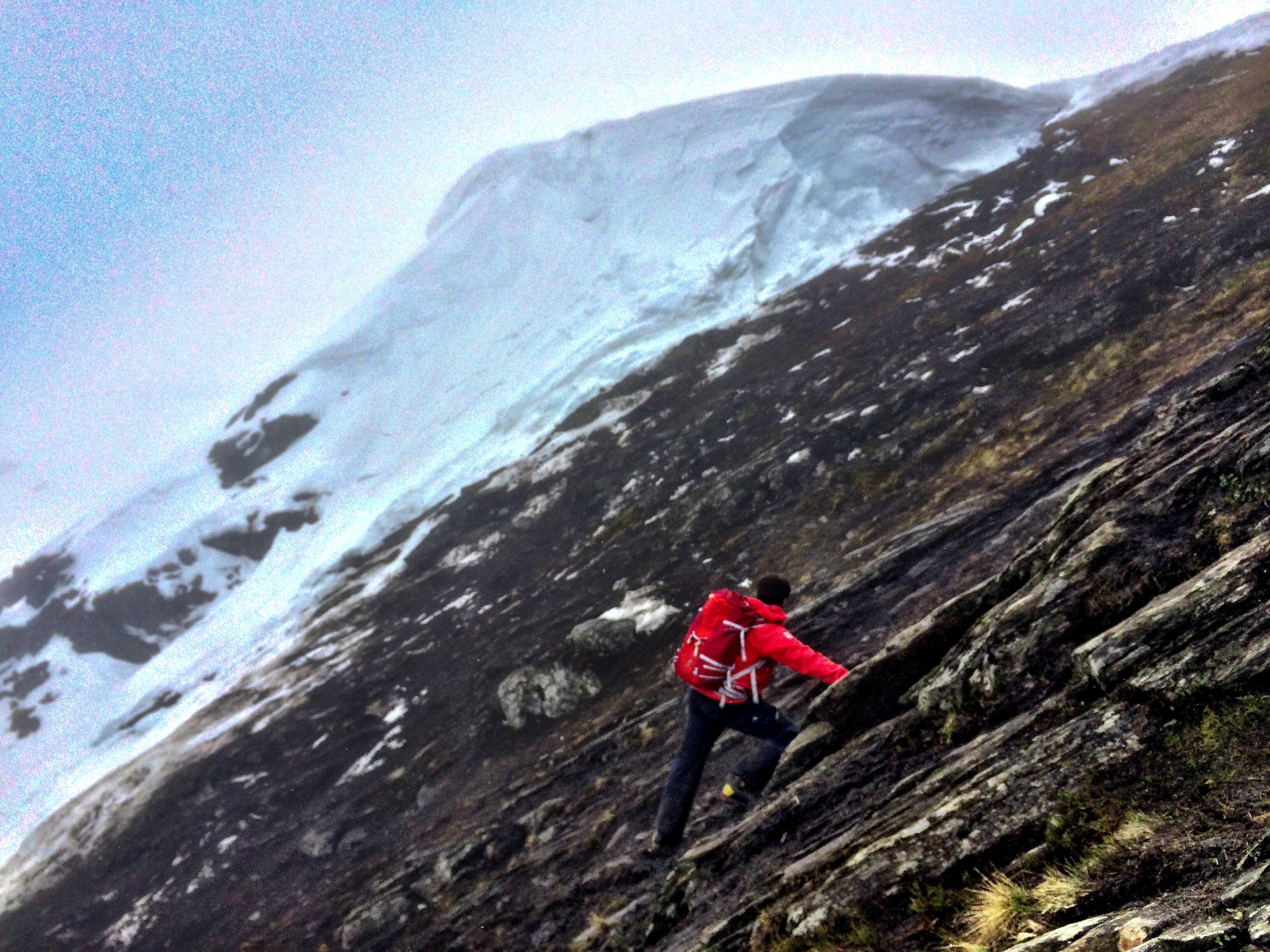The largest avalanche recorded so far this season in the highlands has been discovered in the southern Cairngorms.
Staff at the Glenshee Ski Centre alerted the SportScotland Avalanche Information Service (SAIS) when they found the aftermath of an avalanche on the side of Glas Tulaichean, a 3,338 foot high Munro just south of the ski centre itself.
The avalanche, classified as a full-depth avalanche, was filled with mud, rocks, enormous chunks of snow and other pieces of dangerous debris.
SAIS experts visited the scene to learn more about the avalanche, examining the cracks in nearby snowbanks at the top of hills known as cornices to determine the danger of future avalanches in the area.
Avalanche severity is measured on a scale of one to five, with five being the most severe.
A SAIS team member identified the scale of this avalanche to be between a three and a four, meaning that it could damage cars or trees, and at its most severe points even destroy and bury buildings and vehicles.
At the top of the slope of the Munro, SAIS teams noted that the cornices of the avalanche were several metres deep.
In a report following a visit to the avalanche, the SAIS said: “Very often these events occur slightly later in our season.
“Like cornice collapses they are difficult if not impossible to forecast for. Often there are clues, such as glide cracks forming at the top of the slopes, which is helpful if you’re going to ski down but not if you’re standing at the bottom.
“Last year there was a depth avalanche in the adjacent corrie.”
The report went on to describe the avalanche as “Easily the largest avalanche of the season comparable with some of last year’s slides.”
Full-depth avalanches are quite common on slopes and hills with smooth, even ground such as rock, or grass, and are named because they sweep so much snow away from a slope that the ground beneath becomes completely visible.
The SAIS provide routine avalanche hazard report information for skiers, snowboarders, walkers and hikers across Scotland over the winter months from December to the start of April.
